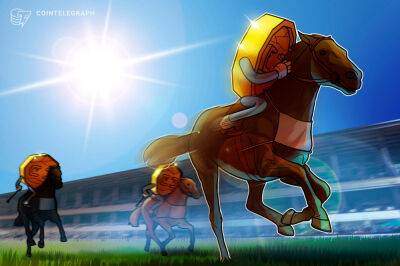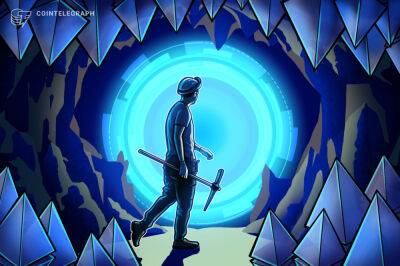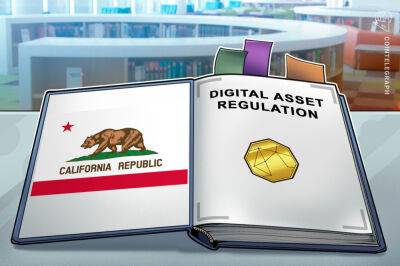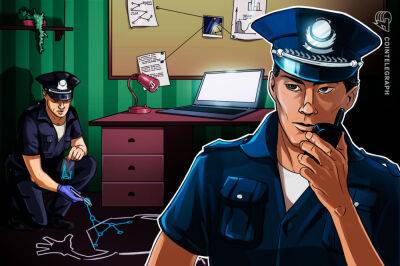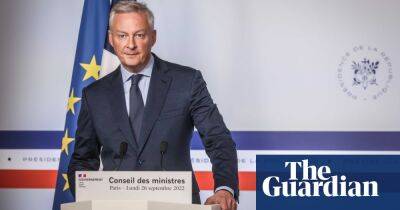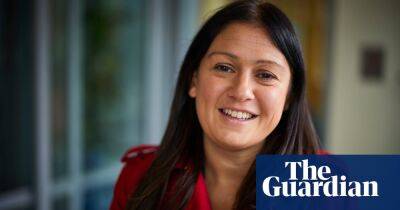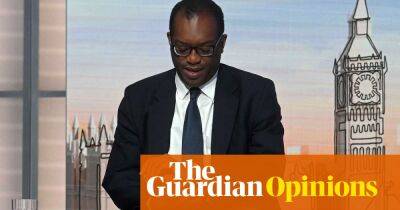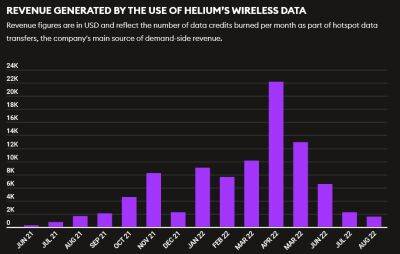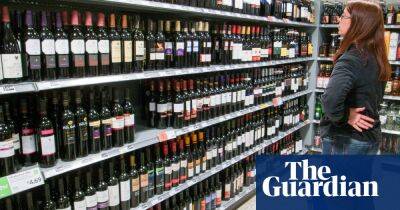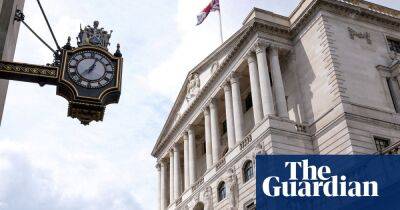How car culture colonised our thinking – and our language
When we block traffic from a street, like for a sports event or a street party, we say that the street is “closed”. But who is it closed for? For motorists. But really, that street is now open to people.
We say this because we’ve become accustomed to thinking about the street in “traffic logic”. For centuries, streets used to be a place with a multiplicity of purposes: talk, trade, play, work and moving around. It’s only in the past century that it has become a space for traffic to drive through as quickly and efficiently as possible. This idea is so pervasive that it has colonised our thinking.
I first learned about this from Roland Kager, a data analyst and multimodal transport researcher – meaning he’s interested in traffic, but not in cars. Car logic permeates the language we use, says Kager. “We speak of vulnerable road users, but they’ve only been vulnerable since the advent of fast traffic with big, heavy vehicles. Why don’t we call those fast, heavy vehicles dangerous road users?”
Why are roads you can’t live next to, cycle on, or walk along called main roads? Why do we speak of “segregated” or “separate” cycle paths, when it’s actually motorists who’ve been given a separate space of their own? The language of traffic instils a “windscreen view” of the world, as the Belgian mobility expert Kris Peeters wrote a good 20 years ago.
Kager thinks traffic language stops us really seeing what’s happening in our streets. “Why do we talk about traffic accidents? As if the one cyclist who runs down and kills a pedestrian – which hardly ever happens – were part of the same system that kills people day in, day out, which nearly always involves cars.”
On the news, you’ll hear that dense fog has disrupted “traffic”. That “traffic”
Read more on theguardian.com



